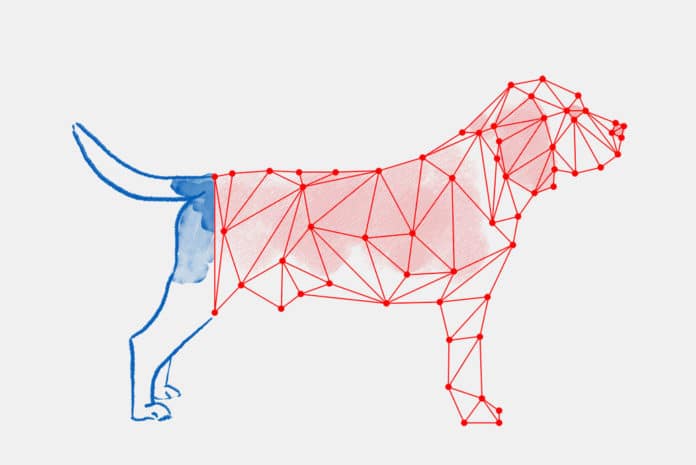Our brain binds available information about objects with prior knowledge, thus allowing us to make sense of the world around us. The ability to use available information about an object to activate relevant existing knowledge in the semantic system can be characterized as a process of pattern completion where few elements serve to activate several relevant elements in the same representation.
In a new study, scientists at the Aalto University demonstrated the semantic pattern completion occurs in the human brain. They also identified the brain regions which support the representations of object meaning.
What’s an S-shaped animal with scales and no legs? What has big ears, a trunk and tusks? What goes ‘woof’ and chases cats? The brain’s ability to reconstruct facts – “a snake,” “an elephant’ and “a dog” – from clues have been observed using brain scanning.
The test subjects were offered with 3 clues (depicted well-known animals, vegetables, fruits, tools and vehicles) that may help them guess familiar objects. The familiar objects and concepts described in the clues were never presented directly to the test subjects.
Scientists demonstrated that brain activation patterns contained more information about the features of the concept. It suggests that the brain uses environmental clues in an agile way to activate a whole range of the target concept’s properties that have been learned during life.
For the study, scientists used a huge amount of internet-based material to map the meaningful features associated with different concepts. They also used Machine learning to create a model that describes the relationship between these features and brain activation patterns.

Using the model, scientists could precisely deduce brain activation patterns of test subjects. For example, the activation patterns could be used to infer whether the clues led the subject to think of an elephant or a dog.
Professor Riitta Salmelin said the method can be used to address the question of why people understand or perceive the same concept differently. The organization of meanings in the brain differs from person to person and can also affect how easy or hard it is for them to understand each other.”
Sasa Kivisaari, Postdoctoral Researcher at the Aalto University said, “Combining and understanding meaningful information seems to involve the same brain areas that are damaged in early Alzheimer’s disease. Therefore, the method we use may also be applied to the early detection of memory disorders.”
“The research may also play a role in detecting memory disorders.”
Scientists presented their study in the journal Nature Communications.
